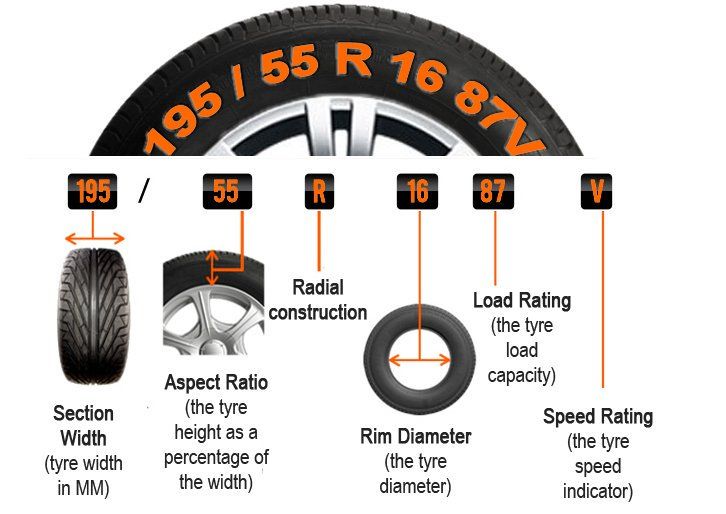Our car experts choose every product we feature. We may earn money from the links on this page.
Getty Images
Buying new tires can be a daunting experience. You face a bewildering array of brands, sizes and tire types to choose from, so it's easy to be confused. But don't worry: this guide will provide you with the essential facts you need to in order to make the right tire choice for your vehicle at the price you want to pay.
Before you buy, you'll need to know the answers to the following questions:
Already know about tires and just want our top picks? Our favorites in each category are listed below. Further down, you'll find more information about all-season, summer, and winter tires plus our top alternative picks in each category.
Best All-Season Tire
$127 at tirerack.com
Best Summer Tire
$241 at Tire Rack
Best Winter Tire
$104 at discounttire.com
Is our top pick unavailable in the size you need? Looking for a fast, easy way to sort through the dozens of alternatives? Then go to Tire Rack's Tire Decision Guide. The company says it'll have a list of appropriate alternative choices for you in two minutes or less. The tirerack.com site is also deep with important consumer data, including tire warranties, treadwear guarantees, and tire-test results.
$150 at Tire Rack
$138 at tirerack. com
com
$235 at Tire Rack
The vast majority of vehicles today come with all-season tires, which are designed to provide acceptable all-around capability throughout the year and in all weather conditions. That means a reasonable ride and respectable handling, quiet running, good wet-weather grip, and some capability in snow. Given their all-season designation, most car owners leave them on in winter and expect that their tires will deliver all the traction they need on snowy, icy roads. But most all-season tires are marginal in snow; dedicated winter tires, also known as snow tires, provide far better traction when the snow falls.
There are now two main sub-categories of all-season tires: high-performance all-seasons and grand touring all-seasons. High-performance all-season tires provide sharper handling than "standard" all-season tires. They grip the road more confidently and feel more sporty to drive—usually at the expense of some winter-weather traction.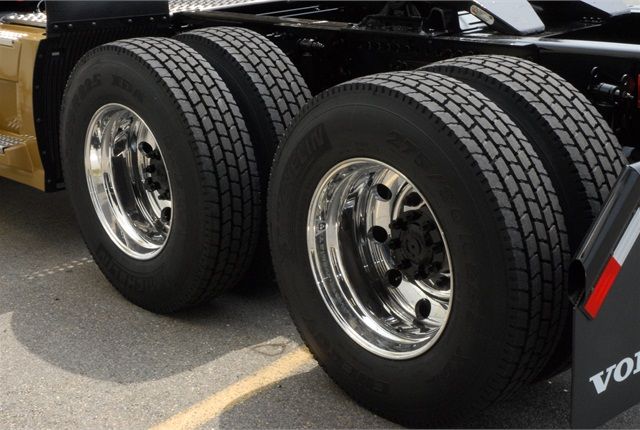 These tires are intended for sportier cars and more-aggressive drivers. Grand touring all-season tires have the lower-profile look of high-performance all-season tires but ride better at the price of some handling ability.
These tires are intended for sportier cars and more-aggressive drivers. Grand touring all-season tires have the lower-profile look of high-performance all-season tires but ride better at the price of some handling ability.
Recently, a subset of grand touring all-season tires has emerged that we call “all-weather” tires. These tires feature snow traction that almost comparable to that of pure winter tires while offering similar performance in other areas as conventional all-season tires. They are designated by a snowflake-within-a-mountain symbol on the tire's sidewall.
Summer Tires$160 at Tire Rack
$195 at Tire Rack
$211 at Tire Rack
This term is a misnomer, as this type of tire should rightly be called "three-season" rubber.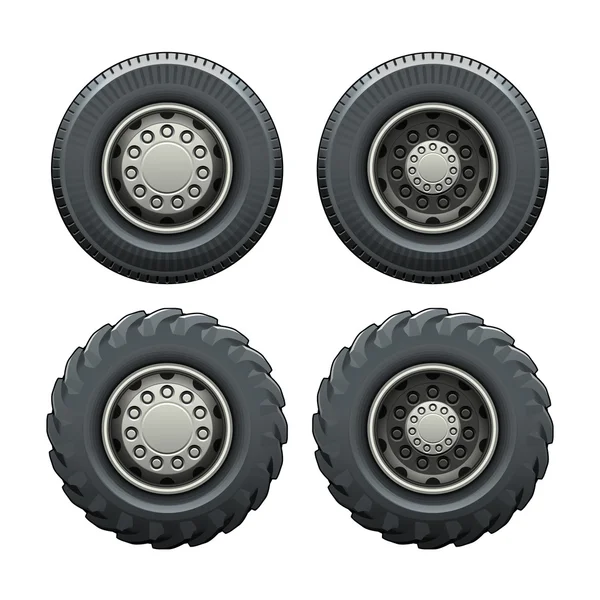 Summer tires are designed specifically to deliver dry- and wet-weather traction in moderate or warm weather. They sharpen steering response, increase cornering traction by an order of magnitude, and stop your vehicle in much less distance. But they do so at a cost: most summer tires only work well at temperatures of about 40 degrees Fahrenheit and above. As outside temps fall toward freezing, the tires can feel skittish and behave inconsistently; they lose a large portion of their grip to the point that they act like they are on a wet or even icy road. More than one driver of a powerful car, unaware of the temperature sensitivity of its summer tires, has lost control and crashed on a cold day.
Summer tires are designed specifically to deliver dry- and wet-weather traction in moderate or warm weather. They sharpen steering response, increase cornering traction by an order of magnitude, and stop your vehicle in much less distance. But they do so at a cost: most summer tires only work well at temperatures of about 40 degrees Fahrenheit and above. As outside temps fall toward freezing, the tires can feel skittish and behave inconsistently; they lose a large portion of their grip to the point that they act like they are on a wet or even icy road. More than one driver of a powerful car, unaware of the temperature sensitivity of its summer tires, has lost control and crashed on a cold day.
As with all-season tires, summer rubber comes in several varieties. Tire Rack divides these tires into three main groups by escalating capability: ultra-high performance on the bottom rung, followed max performance and extreme performance. Summer tires come on cars such as Porsches, Corvettes, Mercedes-AMGs, and Mustangs.
$166 at Tire Rack
$180 at Tire Rack
$270 at Tire Rack
Called "snow tires" in the past, winter tires are designed to provide maximum traction in snow and in slippery winter conditions—and the traction they provide in those situations is not matched by any other category of tire. Even an all-wheel-drive vehicle on all-season tires cannot match the stopping or turning capability of a similar two-wheel drive vehicle fitted with four winter tires, a point we have proven in our own winter-tire testing.
Winter tires are designed to work well in the cold-weather months, but they don't handle or wear as well as all-season or summer tires once the weather warms up. They should be considered as a second set of tires for your vehicle if you live where snow flies annually.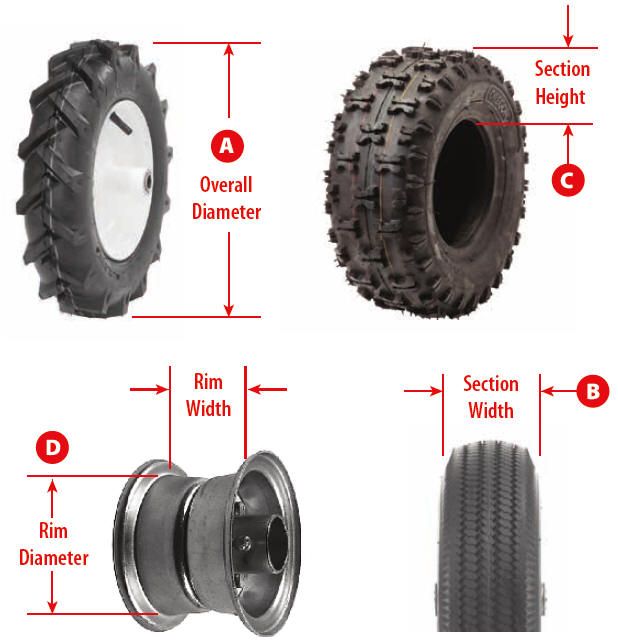 We fit all of our long-term test vehicles with winter tires and they've proven their worth many times over.
We fit all of our long-term test vehicles with winter tires and they've proven their worth many times over.
Why use winter tires? If you live in the northern states, we recommend purchasing a set of winter tires. Their deep treads are engineered to deliver a significant traction improvement, and do they ever work. You'll feel safer and be safer, not to mention more relaxed when driving in snow. Retailers such as Tire Rack will sell you a set of snows mounted on steel wheels that you can swap on when winter rolls around. Here at Car and Driver, we swear by them.
Tire Size and Other Factors
Most consumers choose to replace the worn tires on their vehicle with something equivalent in size and capability. This makes a lot of sense; your car was engineered to work well on the type and size of tires it came on, so fitting an identical or similar replacement set would maintain the performance and safety your vehicle was designed to deliver. (We'll get to upgrading later on).
(We'll get to upgrading later on).
To inform your decision process, you'll need to know your vehicle's tire size and speed rating, and you'll also want to consider how many miles you'll get out of any new tires you are considering (this is called tread wear). Much of that information is printed on the sidewalls of the tires that are on your car right now. It's also available in most owner's manuals, online, and at tire dealers. (We suggest cross-checking those sources to make sure you've got the right information.)
Here's how to read the most important data imprinted on your tires' sidewalls. (For an in-depth look at how to read all of the information on a tire sidewall, click here.)
KEY: 1) Tire width; 2) Aspect ratio; 3) Radial-tire designation; 4) diameter; 5) Load rating with speed rating; 6) Heaviest spot on tire; 7) Tread-wear rating; 8-9) Traction and temperature ratings; 10-11) Mud-and-snow or three-peak-mountain rating; 12) Vehicle-specific marking; 13) Tire-materials list and manufacturing information
Tire SizeIf you're going to replace your tires with something equivalent, you will need to know the proper size.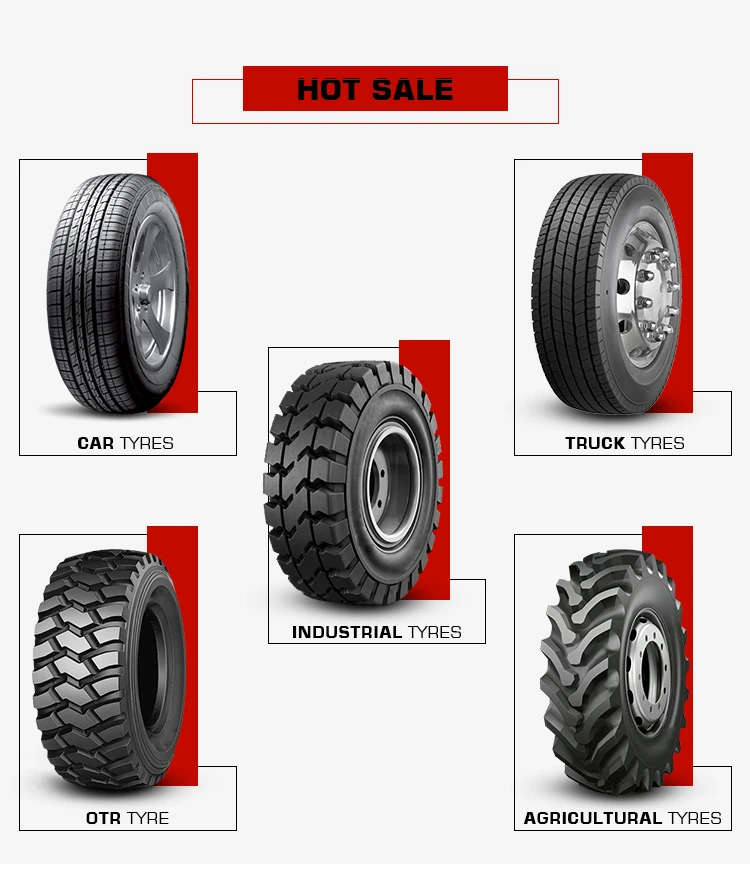 The size of car and light truck tires is usually expressed in a short series of numbers and letters that read like this (as seen in the above illustration): 245/40-R18. The first number indicates the width of the tire at its widest point in millimeters. The number after the slash is what's called the aspect ratio, which indicates how tall the sidewall is as a percentage of the width. The higher the number, the taller the sidewall. The squat tires fitted to sports cars and muscle cars, called low-profile tires, have aspect ratios of 30–40. Family sedans and SUVs are in the 45-60 range or taller. The final number in the series is the diameter of the wheel in inches that the tire must mount to. The "R" indicates it's a radial tire, which virtually all of today's tires are.
The size of car and light truck tires is usually expressed in a short series of numbers and letters that read like this (as seen in the above illustration): 245/40-R18. The first number indicates the width of the tire at its widest point in millimeters. The number after the slash is what's called the aspect ratio, which indicates how tall the sidewall is as a percentage of the width. The higher the number, the taller the sidewall. The squat tires fitted to sports cars and muscle cars, called low-profile tires, have aspect ratios of 30–40. Family sedans and SUVs are in the 45-60 range or taller. The final number in the series is the diameter of the wheel in inches that the tire must mount to. The "R" indicates it's a radial tire, which virtually all of today's tires are.
Tires also carry a speed rating, which indicates not only how fast they can safely go for an extended period of time, but also the overall performance potential of the tires.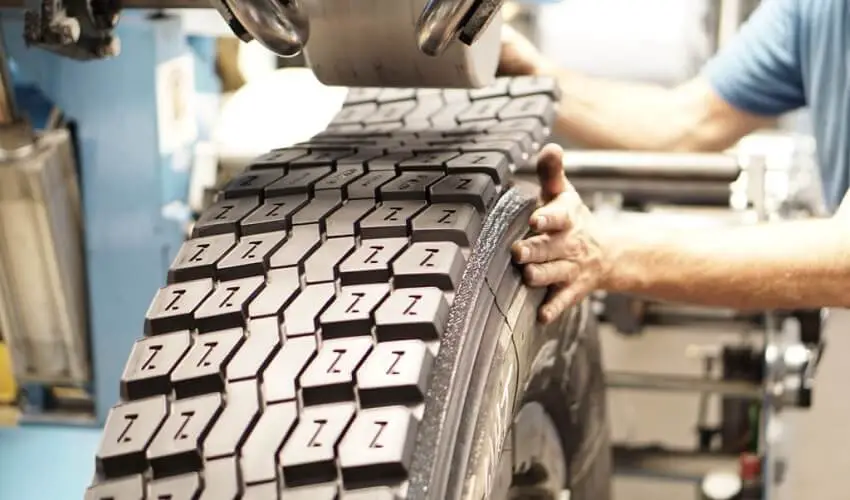 Tires for high-performance cars have a higher speed rating than those for mainstream family sedans and SUVs. The speed rating of the original tires that came on your car were matched to the maximum speed the car could attain—plus a significant built-in safety margin. This speed rating is expressed as a letter in the alpha-numeric code that immediately follows the tire size. Letters range from L to Y, and cover maximum speed ranges from 75 mph to more than 186 mph.
Tires for high-performance cars have a higher speed rating than those for mainstream family sedans and SUVs. The speed rating of the original tires that came on your car were matched to the maximum speed the car could attain—plus a significant built-in safety margin. This speed rating is expressed as a letter in the alpha-numeric code that immediately follows the tire size. Letters range from L to Y, and cover maximum speed ranges from 75 mph to more than 186 mph.
The are two pieces of data that will help you estimate how many miles you can expect from a set of tires: the tread-wear rating and the tire mileage warranty. The tread wear rating is listed as a number on the tire sidewall after the word "treadwear". The higher this number, the more likely the tire will last longer. But the tests that are used to determine treadwear aren't precise, so there is a lot of variability in this number.
A better way to gauge potential tire life, and to compare the expected longevity of different tires you might be considering, is to look at the manufacturers' tread-life warranties.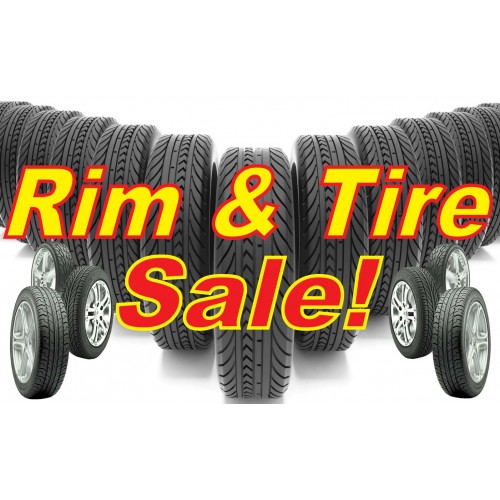 Many but not all tires carry a tread-life warranty in addition to manufacturing-quality/defect warranties. This information can be found online (like this example from tirerack.com), or in the tire maker's marketing materials. The industry's general rule is that about three-quarters of all drivers will find that their tires last at least last as long as the mileage listed in the tread life warranty. Generally, if your tires wear out before the guaranteed mileage bogey, you can get a credit for the percentage of miles you came up short, which you can then apply to the purchase of a new tire. (Tire dealers routinely handle this transaction.)
Many but not all tires carry a tread-life warranty in addition to manufacturing-quality/defect warranties. This information can be found online (like this example from tirerack.com), or in the tire maker's marketing materials. The industry's general rule is that about three-quarters of all drivers will find that their tires last at least last as long as the mileage listed in the tread life warranty. Generally, if your tires wear out before the guaranteed mileage bogey, you can get a credit for the percentage of miles you came up short, which you can then apply to the purchase of a new tire. (Tire dealers routinely handle this transaction.)
Numerous automakers fit their cars with run-flat tires from the factory. These tires are capable of driving for short distances at low speeds even after a puncture has left them without air, allowing you to reach home or a repair facility without needing to change a flat on the side of the road.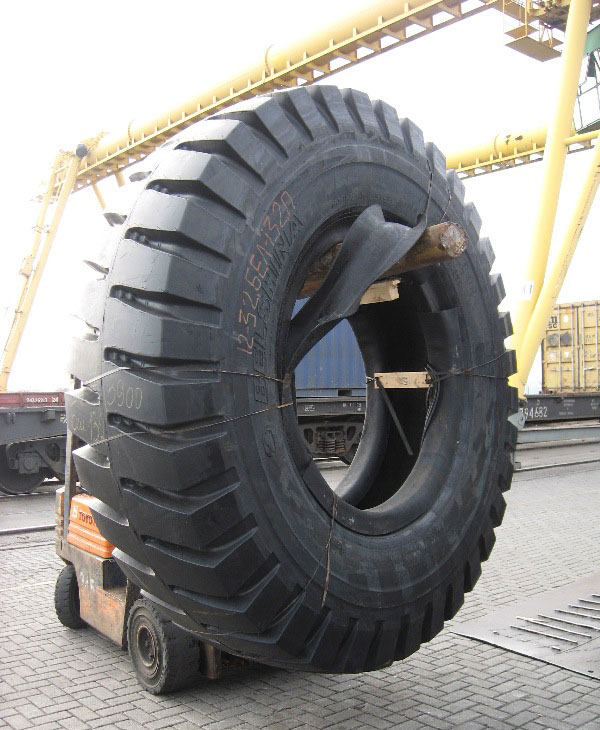 If your vehicle came on run-flats you have the option of replacing them with conventional tires and carrying a spare (but beware that some cars fitted with run-flats actually do not have a trunk compartment for a spare). Or, you can replace your worn run-flats with another set of run-flats. And now that tire-pressure monitoring systems are compulsory equipment in new cars, you could even fit run-flats on a car that didn’t originally come with them.
If your vehicle came on run-flats you have the option of replacing them with conventional tires and carrying a spare (but beware that some cars fitted with run-flats actually do not have a trunk compartment for a spare). Or, you can replace your worn run-flats with another set of run-flats. And now that tire-pressure monitoring systems are compulsory equipment in new cars, you could even fit run-flats on a car that didn’t originally come with them.
Run-flat tires do have downsides. Their stiff sidewalls, which are required to hold the tire up when deflated, tend to make the car ride noticeably harder over rough pavement, but tire tech is continually improving and run-flats aren’t nearly the penalty they were a decade ago. Choice is also more limited than with conventional tires and run-flats are premium-priced. In general, we'd recommend swapping to conventional tires and carrying a spare or mini-spare if possible.
In general, we'd recommend swapping to conventional tires and carrying a spare or mini-spare if possible.
There's one more decision you need to make: do you simply replace the tires on your vehicle with something equivalent, or upgrade?
If you're going to replace what came on the car with something equivalent, you're ready to go. Peruse the online resources like Tire Rack to compare tires, and then either buy from one of them or head to a local tire store. The advantage of buying online is that you can get the exact tires you want; different brick-and-mortar tire stores sell different brands of tires. The online retailers have relationships with the chain tire stores, which will mount the tires you bought on the internet on your wheels (for a small fee) even though you didn't buy them there.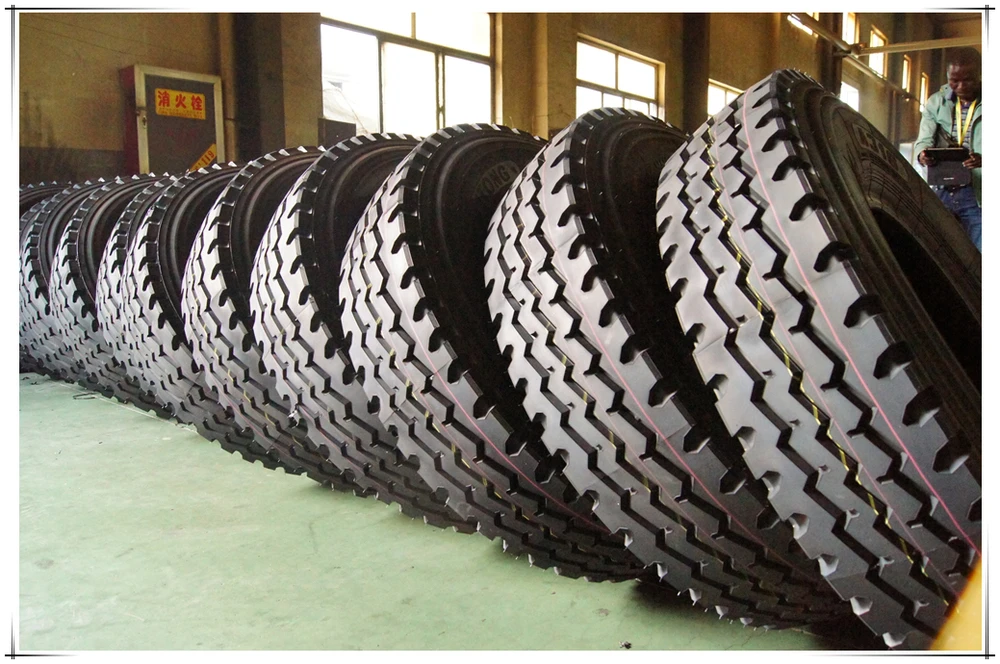 Tire Rack has a decision guide to help you find the tires that fit your car.
Tire Rack has a decision guide to help you find the tires that fit your car.
This is more complicated than simply replacing your tires, as you have several ways to go. You can choose a higher-performance tire of the same size on your current set of wheels by substituting, say, a high-performance all-season tire for a standard all-season—if you can find one that fits exactly. Or you can choose a set of wider, lower-profile summer or high-performance all-season tires, but this is trickier. You need to know if the tires will fit without rubbing on the suspension or body parts—a definite safety issue. Here, consulting one of the experts at Tire Rack is a must, as they have this information for many cars. You can also try checking an online forum for your make and model of car (if one exists).
Many vehicles can be had from the factory with several different tire sizes—Honda Civics, for example, come with tires ranging from 215/55-R16 to 245/30ZR-20—so going to a larger-diameter wheel might work. But know that fitting lower-profile rubber will almost always require a larger-diameter wheel. The outside diameter of your tires needs to remain constant; everything from your vehicle's suspension to its ground clearance to its gearing is affected by the overall size of the tires. As the sidewall gets slimmer, the wheel must grow to compensate. Use this size guide to see how switching to a lower-profile tire affects wheel diameter.
But know that fitting lower-profile rubber will almost always require a larger-diameter wheel. The outside diameter of your tires needs to remain constant; everything from your vehicle's suspension to its ground clearance to its gearing is affected by the overall size of the tires. As the sidewall gets slimmer, the wheel must grow to compensate. Use this size guide to see how switching to a lower-profile tire affects wheel diameter.
Wider, lower-profile higher-performance tires can also make the car ride rougher, wear faster, be noisier, and influence the steering, possibly causing you to have to make more steering corrections on the Interstate. Low-profile tires will also probably be more prone to damage from potholes, something we experienced with one of our long-term cars, which blew out a dozen of its low-profile tires in the course of 40,000 miles on our rutted Michigan roads. And they'll almost definitely be more expensive, plus you'll have to buy a new set of wheels.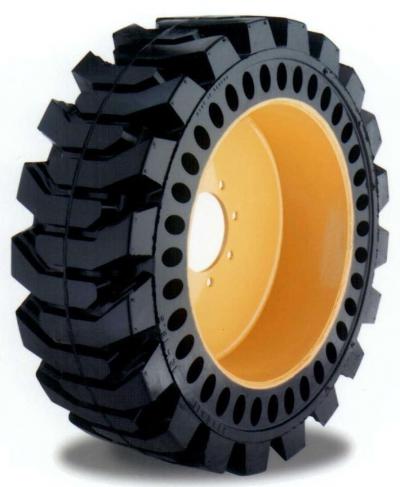 You'll need to consider all of these issues carefully before you make the leap.
You'll need to consider all of these issues carefully before you make the leap.
For everything you need to know about buying and maintaining tires, click here.
This content is imported from OpenWeb. You may be able to find the same content in another format, or you may be able to find more information, at their web site.
Updated: Jun. 29, 2018
Next Project›
Family Handyman
Replacement light truck (LT) tires are expensive, so it pays to shop several tire stores and online sellers for a good deal.
Photo: Getty Images/SHAUNL
By the DIY experts of The Family Handyman Magazine
If you’re not sure whether your vehicle has LT tires, just look for “LT” in the size mark on the tire.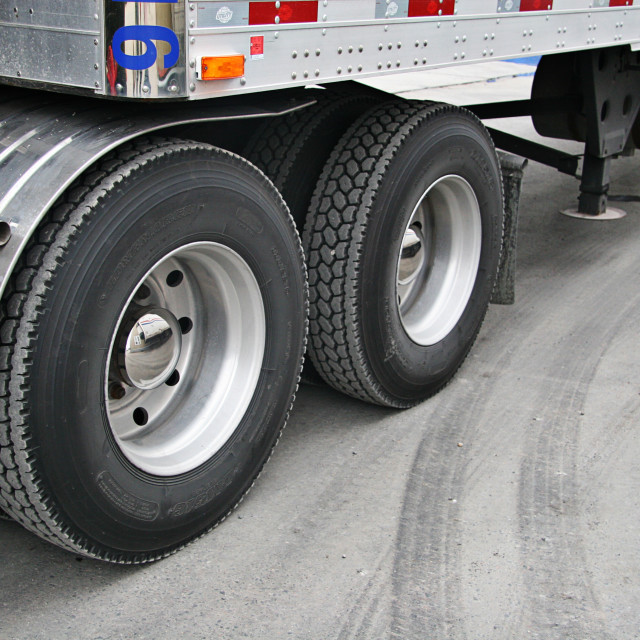 “LT” on the decal located in the driver’s door area or in the glove box will tell you whether it should have them.
“LT” on the decal located in the driver’s door area or in the glove box will tell you whether it should have them.
In some cases, you can save money and even improve the ride quality by switching from an LT-rated tire to a passenger (P-Metric) tire. But don’t make that decision on your own—you need a tire expert to help you buy a replacement tire with the right size and load rating.
We contacted several tire experts to learn when it’s OK to deviate from the vehicle manufacturers’ LT tire recommendations. We also picked up the best tire-buying tips for truck and SUV owners and learned about the latest innovations in tread design and rubber composition. If you’re in the market for truck or SUV tires, this tire buying guide story is a must-read before you walk in the door of a local shop or begin searching online.
Before you walk into a tire shop or visit an online store, think about the heaviest loads and worst road conditions your tires will encounter over their expected life.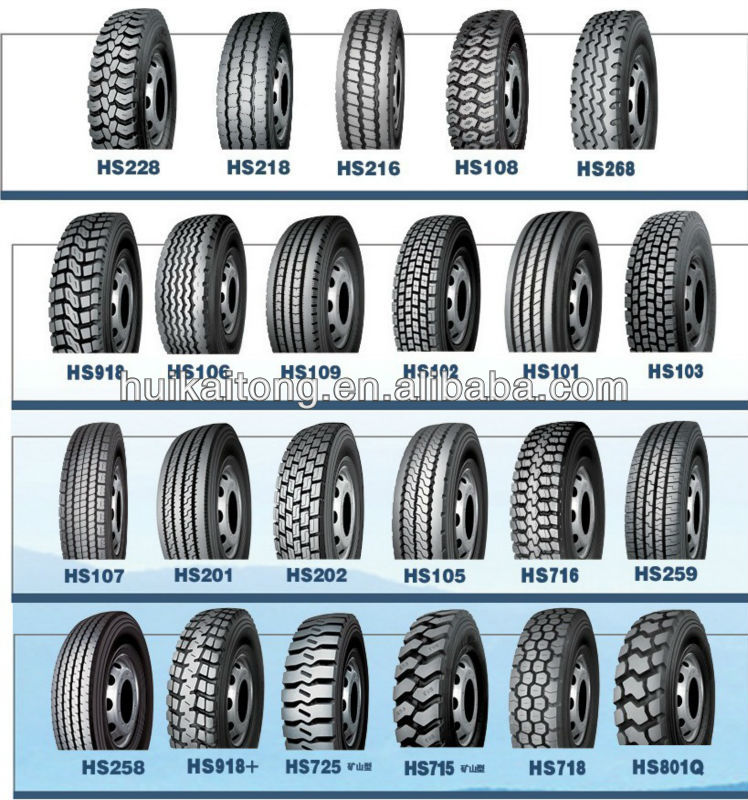 The tires’ load rating should match your heaviest anticipated load, not your average load. Plus, the tread design should be matched to the worst roads you might drive on. If they’re muddy, snow covered, gravel or sand, you need a more aggressive tread and a rubber compound that provides more traction and is more resistant to gouging.
The tires’ load rating should match your heaviest anticipated load, not your average load. Plus, the tread design should be matched to the worst roads you might drive on. If they’re muddy, snow covered, gravel or sand, you need a more aggressive tread and a rubber compound that provides more traction and is more resistant to gouging.
If you’re unsure about the minimum tire load rating or payload or passenger limits for your vehicle, check the tire sticker on the driver’s door pillar (or in the glove box for vehicles made before 2006). Then present your expected load and road condition factors to the tire salesperson before talk about size or price.
The “off-road” look is the hottest trend in truck tires these days. They look tough, with beefy, aggressive and exaggerated tread blocks. But despite their cool appearance, they most likely will have poor “road manners,” meaning they provide a stiff ride, poor comfort and equally poor handling.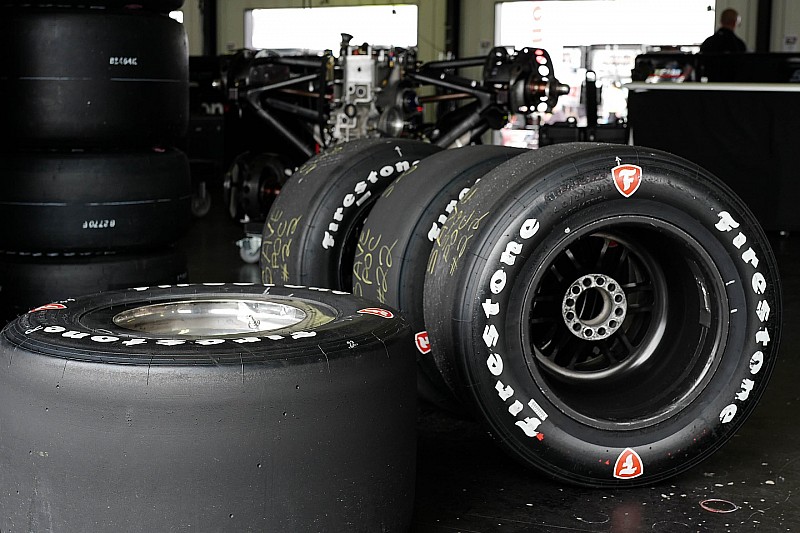 And they’re very noisy at highway speeds.
And they’re very noisy at highway speeds.
The next hottest trend is retrofitting trucks and SUVs with extra-large wheels and low-profile tires (less sidewall distance between the wheel and the tread). Like off-road tires, this combination provides a harsh ride. Plus, the larger wheels decrease braking ability, slow acceleration, cause faster suspension wear and can decrease overall stability. And, since there’s less rubber between the tread and the wheel, the wheels experience more damage when they hit potholes.
Wipe road dirt off a section of tread. Then plunge the depth gauge into the tread at each edge and in the middle. The lowest reading is the measurement that determines tread depth.
Any tire expert will tell you your truck or SUV tires need replacing once the wear bars are level with the tread. At that point, the tread is at the legal limit of 1/16 in. deep. But your tires’ traction and stopping ability decrease dramatically long before that point.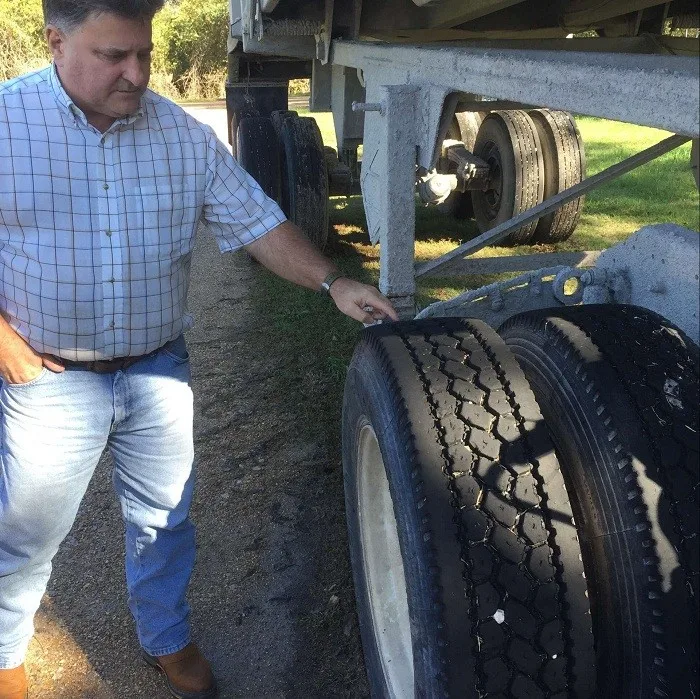
Tests conducted by Tirerack.com and one other consumer testing organization prove that trying to squeeze the last bit of life out of your tires simply isn’t worth it. Their stopping tests show that tires with a 1/8-in. tread depth (twice the legal limit) take 125 ft. more to stop on wet pavement than new tires. If you think that’s shocking, ponder this: The tires with 1/16-in. tread took 250 ft. more than new tires. The truck with the 1/16-in. tread was still traveling at 45 mph after the truck with 1/8-in. tread had come to a complete stop. (Check out the video.)
So even if your tire’s tread is above the wear bars, that doesn’t mean it’s safe. And regardless of the amount of remaining tread, you must replace your tires as soon as you detect cracks in the tread or sidewall areas.
Some truck and SUV tires cost substantially more than others, and it’s reasonable to wonder what you get for the extra dough. The answer is-plenty! Premium tires are made with better and more expensive raw materials to improve traction, prolong tread life, increase durability and provide better handling and a smoother ride.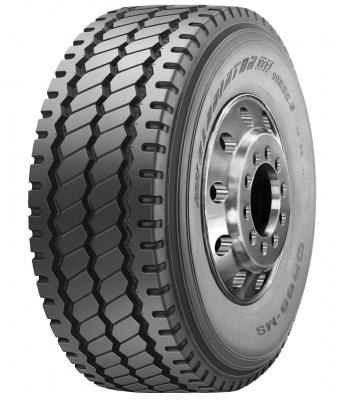 Their tougher sidewalls prevent sidewall damage when driving over curbs and rocks.
Their tougher sidewalls prevent sidewall damage when driving over curbs and rocks.
Some premium designs include raised stone ejectors to prevent stones from embedding in the tire and causing flats. Other features include raised bars to eject mud, interlocking tread blocks to increase traction on dry pavement, serrated shoulders to enhance maneuverability in sand and snow, and threedimensional sipes to provide more biting edges to increase traction in snow.
Some tire shops sell lifetime rotation and balancing packages and an additional road hazard warranty. Buying both packages can add nearly $40 to the cost of each tire. But regular tire rotation and rebalancing are critical to squeezing the most life out of your tires. So we think it’s worth the money.
The decision to buy road hazard insurance depends on how and where you drive your truck. It really comes into play when you get tire punctures or damage outside the legal repair areas-for example, in the tire shoulder or sidewall.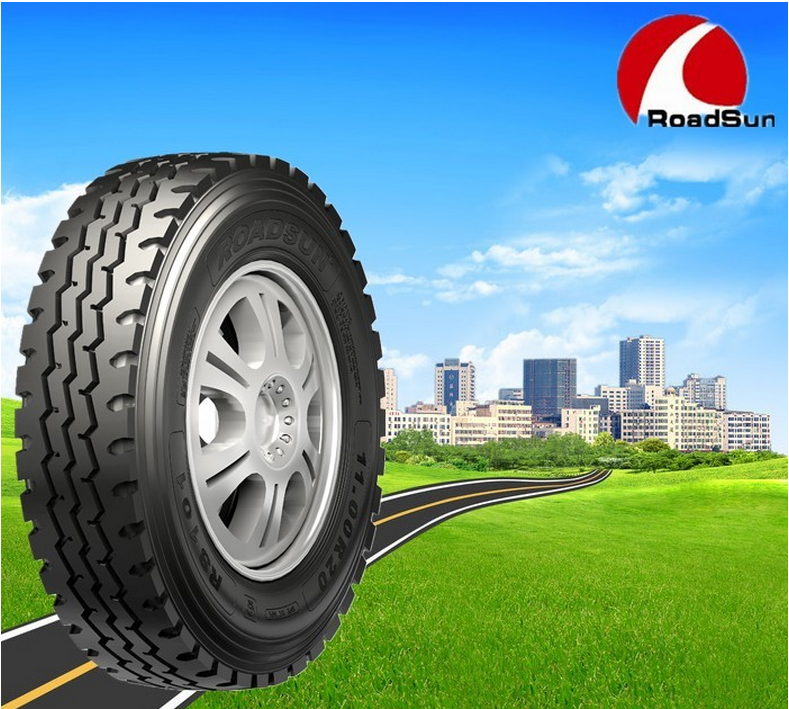 It’s not legal for repair shops to repair that type of damage, so you’re forced to buy a new tire.
It’s not legal for repair shops to repair that type of damage, so you’re forced to buy a new tire.
Consider buying this insurance if you drive in construction zones, over curbs and rocks, or if you regularly drive on bad roads or often encounter deep potholes. That’s when road hazard insurance makes the most sense.
Switching from truck to passenger tires can save you money, but probably not as much as you think. That’s because you can’t just install passenger tires that are the same size and load rating as your present truck tires. The load ratings for passenger tires apply only when they’re installed on a passenger car. Trucks and SUVs have a higher center of gravity and place different stresses on tires, so you have to reduce a passenger tire’s load rating by 9 percent. In other words, you have to buy a heavier-duty passenger tire, which usually requires moving up to a larger tire.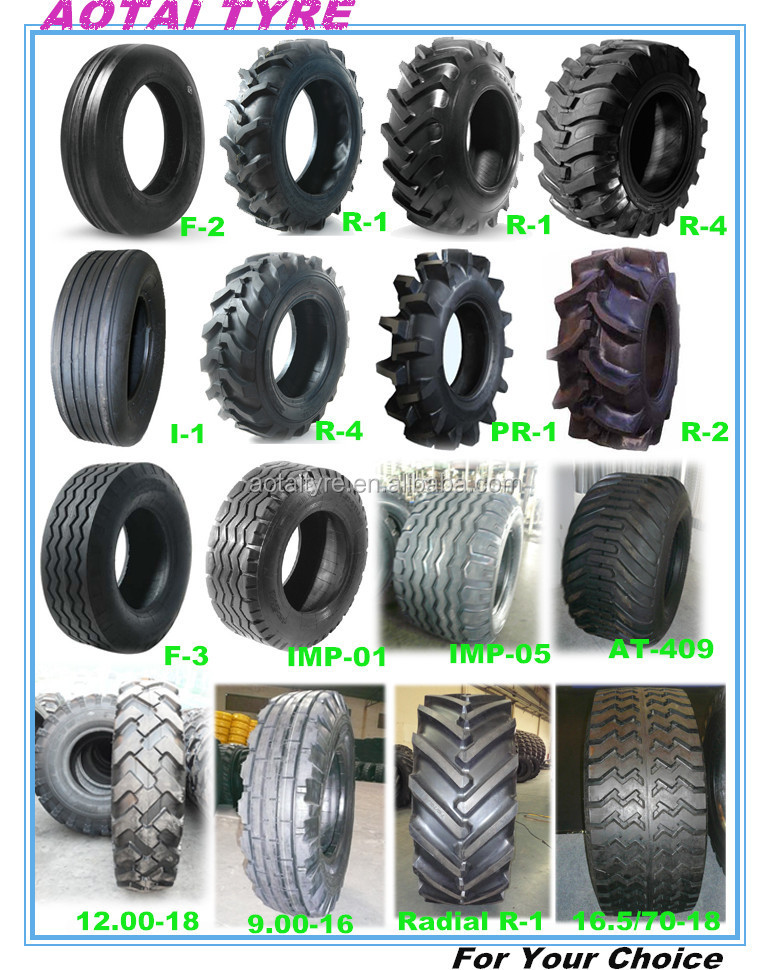 Upsizing wipes out some of the savings you thought you could achieve by switching to passenger tires.
Upsizing wipes out some of the savings you thought you could achieve by switching to passenger tires.
But switching does provide at least one benefit-better ride quality. Passenger tires are smoother and quieter at highway speeds. If you use your truck or SUV more like a family car than a hauling vehicle and you drive it on paved roads, check out passenger tires. But rely on a tire pro to find the right tire for your vehicle.
Starting in September 2007, all carmakers were required to install a tire pressure monitoring system (TPMS) that warns you when tire pressure falls to 75 percent of the recommended pressure. The TPMS sensors are either part of the valve stem assembly or strapped around the rim inside the tire.
To avoid damaging the valve stem sensor when changing tires, many shops remove the sensor. If the sensor is out, it pays to rebuild it with a new seal and torque nut. Shops charge $10 each to rebuild the sensor, and we think it’s a worthwhile service.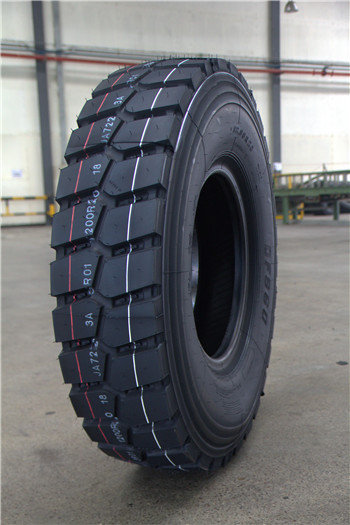 However, the batteries in tire pressure sensors have only a seven to 10-year life. If the TPMS sensors in your vehicle are approaching the end of their battery life, you may want to skip the rebuild and have the shop install new sensors for about $40 each (the batteries can’t be replaced).
However, the batteries in tire pressure sensors have only a seven to 10-year life. If the TPMS sensors in your vehicle are approaching the end of their battery life, you may want to skip the rebuild and have the shop install new sensors for about $40 each (the batteries can’t be replaced).
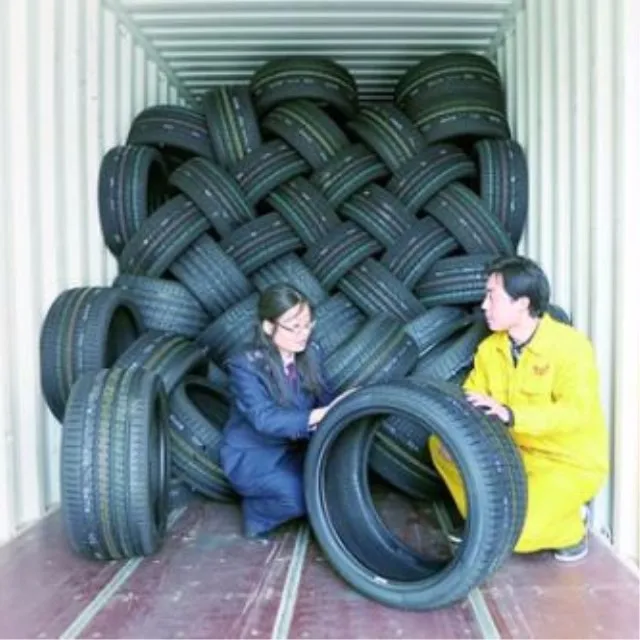
Originally Published: June 20, 2018
ⓘ
Tires for trucks in the course of systematic operation experience enormous loads, pressure drops, which leads to rapid wear, tread wear, deformation of the side sipes.
Durability is one of the main factors when choosing tires for commercial vehicles. Due to various circumstances, including financial ones, drivers do not always purchase original tires recommended by the manufacturer. This kind of savings is not always appropriate, especially with the constant transportation of goods and passengers. There are frequent cases of accidents, accidents on the road.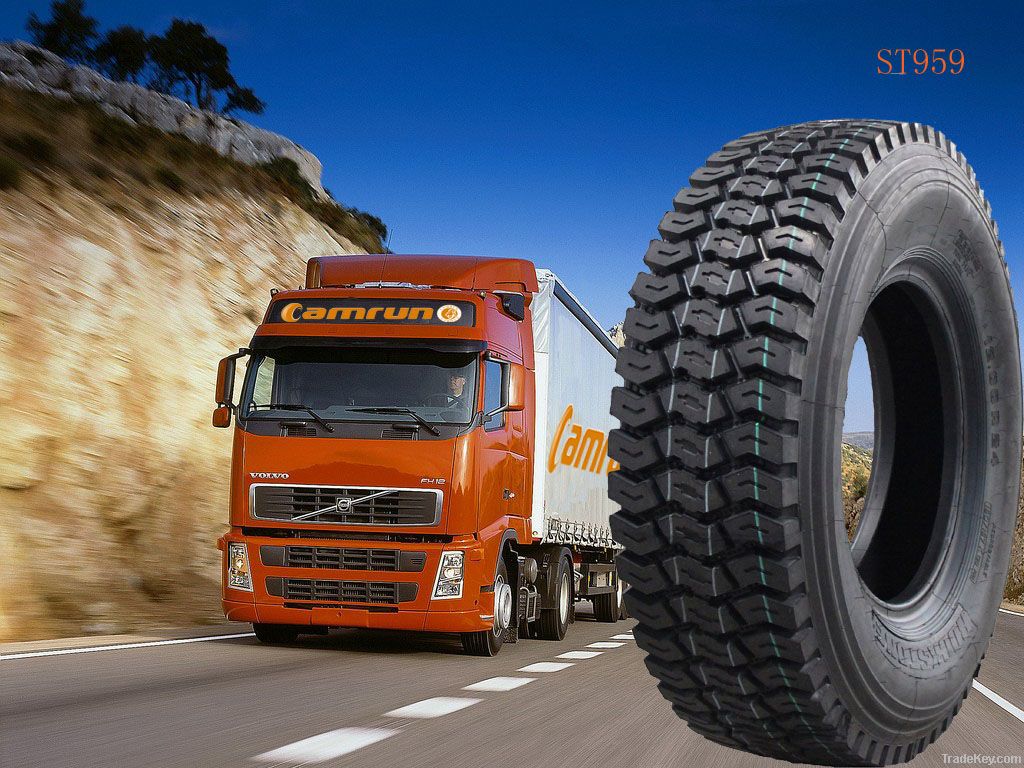
Contents
The main factors when choosing tires for tractors:
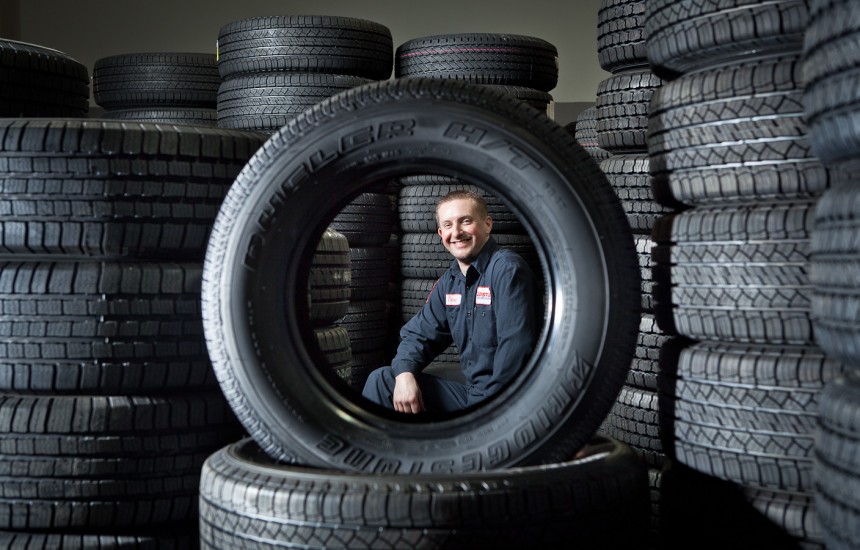
European ERTRO standards are one of the important performance indicators when choosing tires. The speed and load indexes are marked on the side sipes of the tire. The data determines the maximum and minimum value for the car model.
Explanation, dimensions, data indicated on the sidewalls:
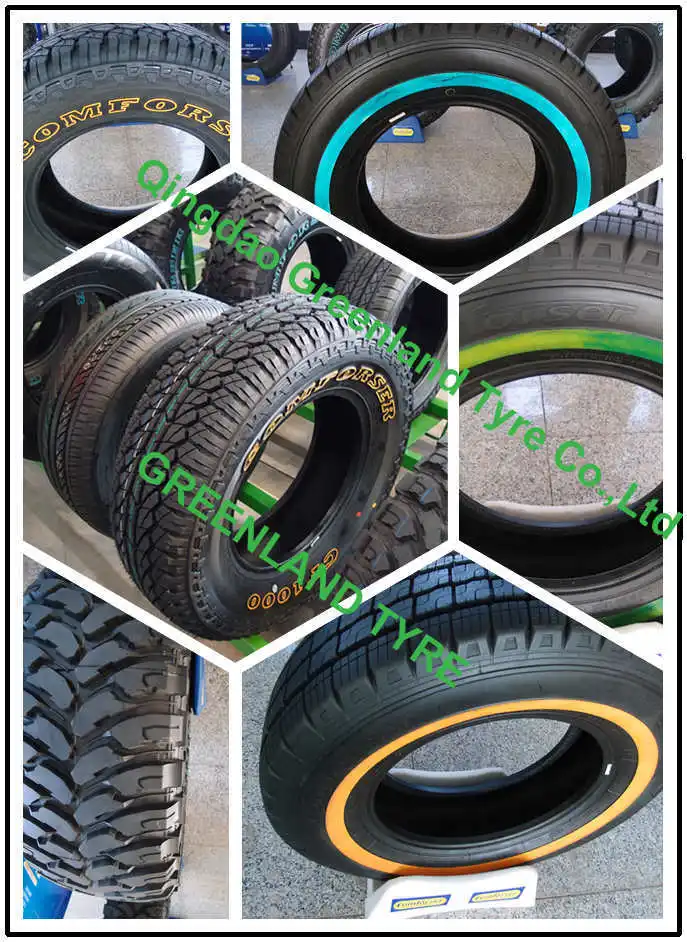
Dimensions are shown in the table below:
| Tire width, mm | Tire profile height, mm | Tire diameter, inches | Tire volume range for given parameters, m3 | Weight range for given wheel parameters, kg |
|---|---|---|---|---|
| 145 | 65 | 13 | 0.038-0.042 | 5.1-5.3 |
| 165 | 70 | 13 | 0.049-0.051 | 6.1-6.3 |
| 185 | 70 | 13 | 0.059-0.061 | 7.5-7.7 |
| 195 | 60 | 13 | 0.06-0.062 | 7.9-8.1 |
| 215 | 50 | 13 | 0.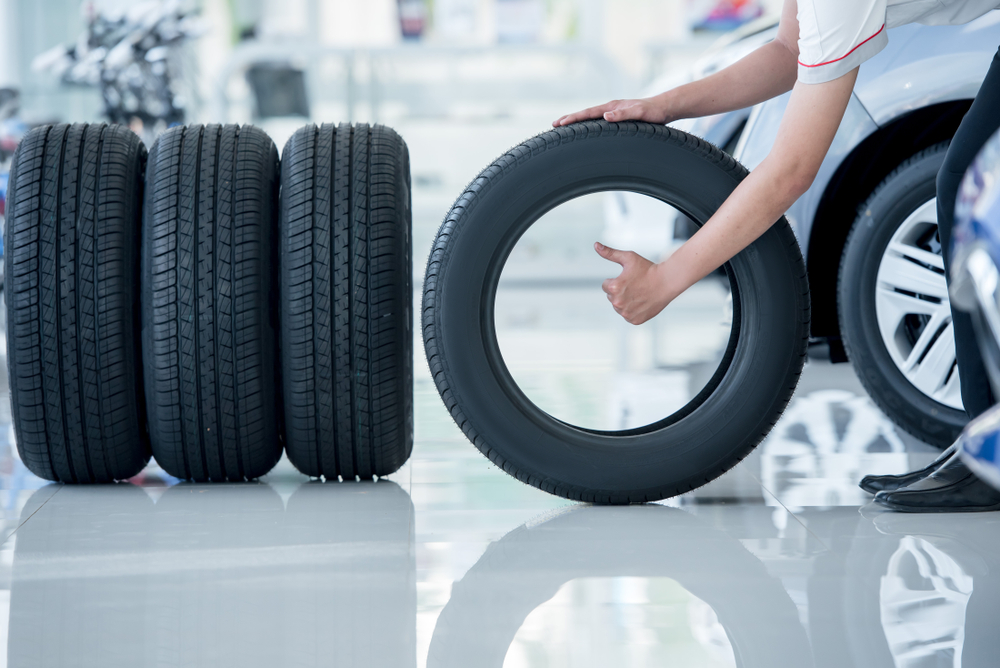 079-0.081 079-0.081 | 9.6-9.8 |
| 155 | 65 | 14 | 0.049-0.051 | 5.6-5.8 |
| 175 | 60 | 14 | 0.059-0.061 | 6.5-6.7 |
| 185 | 55 | 14 | 0.06-0.062 | 6.9-7.1 |
| 195 | 60 | 14 | 0.069-0.071 | 8.3-8.5 |
| 205 | 70 | 14 | 0.079-0.081 | 10.1-10.3 |
| 215 | 65 | 14 | 0.089-0.091 | 10.4-10.6 |
| 225 | 70 | 14 | 0.98-1 | 12.7-12.9 |
| 165 | 65 | 15 | 0.059-0.061 | 6.9-7.1 |
| 175 | 65 | 15 | 0.06-0.062 | 7.2-7.4 |
| 185 | 60 | 15 | 0.069-0.071 | 8.2-8.4 |
| 195 | 55 | 15 | 0.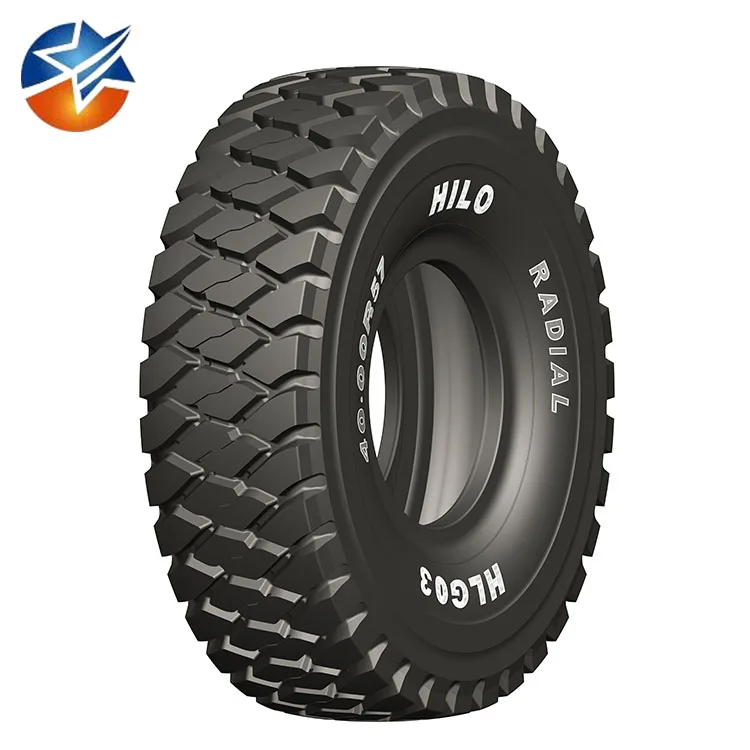 07-0.072 07-0.072 | 8.8-9 |
| 205 | 65 | 15 | 0.088-0.09 | 9.5-9.7 |
| 215 | 60 | 15 | 0.089-0.091 | 11.3-11.5 |
| 225 | 60 | 15 | 0.099-0.1 | 10.8-11 |
| 235 | 70 | 15 | 0.119-0.121 | 14.9-15.1 |
| 255 | 65 | 15 | 0.129-0.131 | 17.8-18.2 |
| 175 | 60 | 16 | 0.069-0.071 | 7.5-7.7 |
| 185 | 60 | 16 | 0.07-0.072 | 9.1-9.4 |
| 195 | 55 | 16 | 0.079-0.081 | 8.6-9.2 |
| 205 | 55 | 16 | 0.081-0.083 | 9.1-9.4 |
| 215 | 55 | 16 | 0.089-0.092 | 9.8-10.3 |
| 225 | 50 | 16 | 0.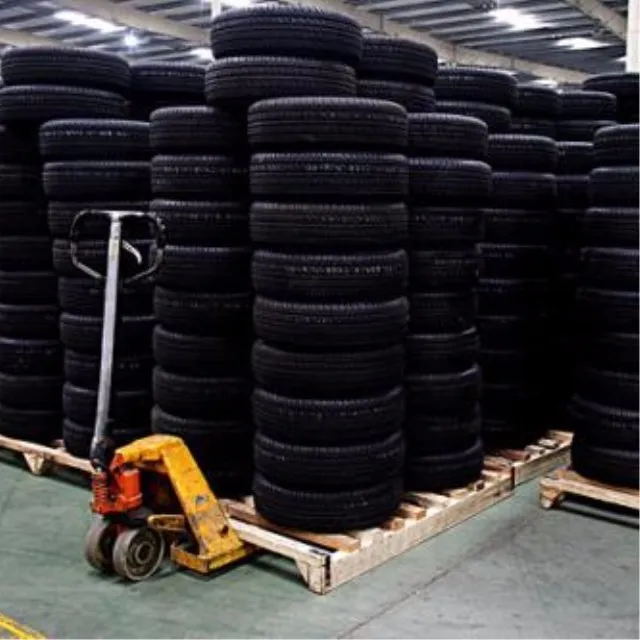 09-0.094 09-0.094 | 10.6-11 |
| 235 | 50 | 16 | 0.1-0.104 | 10.9-11.3 |
| 245 | 45 | 16 | 0.102-0.106 | 11.4-11.8 |
| 255 | 40 | 16 | 0.111-0.115 | 16.2-16.6 |
| 265 | 40 | 16 | 0.136-0.14 | 18.4-18.8 |
| 195 | 40 | 17 | 0.071-0.074 | 8.4-8.7 |
| 195 | 45 | 17 | 0.073-0.077 | 9-9.3 |
| 205 | 55 | 17 | 0.088-0.091 | 10.5-10.9 |
| 215 | 65 | 17 | 0.11-0.114 | 13-13.4 |
| 225 | 60 | 17 | 0.112-0.116 | 13.5-13.9 |
| 235 | 60 | 17 | 0.119-0.123 | 12.8-13.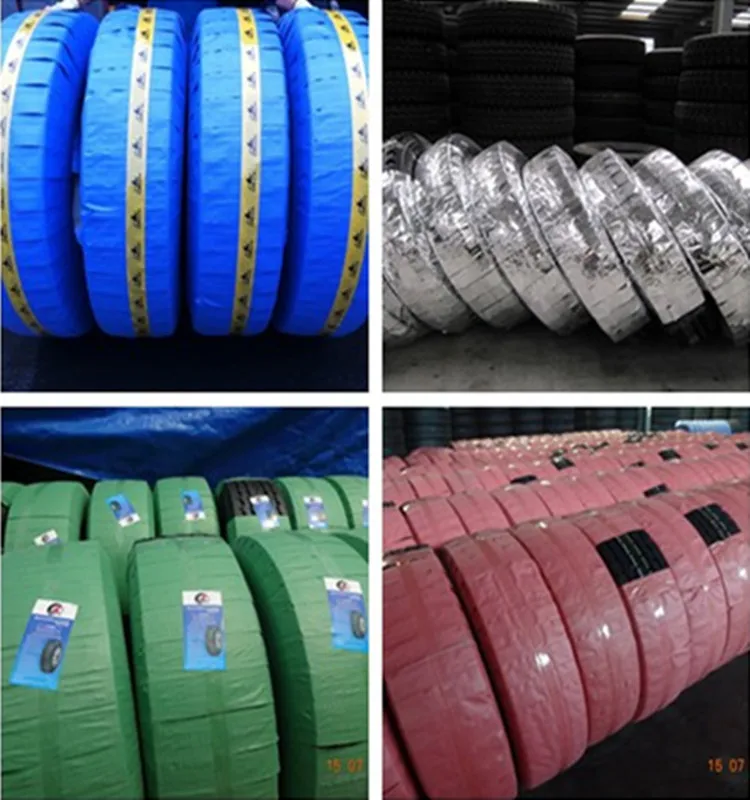 2 2 |
| 245 | 55 | 17 | 0.121-0.125 | 12.9-13.3 |
| 255 | 55 | 17 | 0.122-0.128 | 13.1-13.4 |
| 265 | 50 | 17 | 0.124-0.13 | 13.2-13.6 |
| 275 | 50 | 17 | 0.14-0.141 | 18.4-19 |
| 205 | 40 | 18 | 0.079-0.081 | 8.9-9.2 |
| 215 | 55 | 18 | 0.099-0.102 | 11.4-11.8 |
| 225 | 55 | 18 | 0.108-0.112 | 12.4-12.8 |
| 235 | 60 | 18 | 0.129-0.133 | 16.1-16.6 |
| 245 | 60 | 18 | 0.148-0.154 | 16.7-17.2 |
| 255 | 60 | 18 | 0.151-0.157 | 16.8-17.4 |
| 265 | 60 | 18 | 0.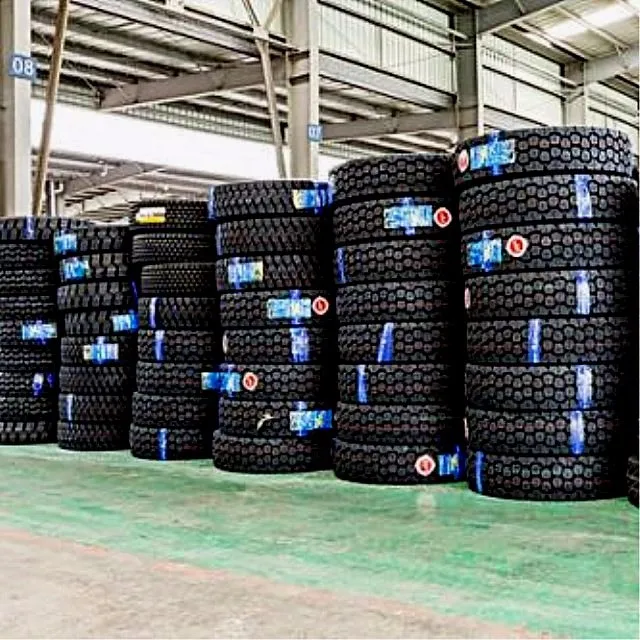 158-0.164 158-0.164 | 17-17.6 |
| 275 | 65 | 18 | 0.198-0.204 | 18.7-19,4 |
| 285 | 65 | 18 | 0.208-0.218 | 19.9-20.7 |
A large assortment of automotive rubber manufacturers on the market misleads vehicle owners. Often, drivers do not know the basic principles of choosing tires, as a result of which the car is unstable on the road, excessive vibration and noise in the cabin.
Professionally selected tires allow you to save fuel consumption up to 5%, improve the quality of control, reduce the risk of skidding, an emergency.
Thanks to the systematic quality control by the management of the concerns, tires are in demand among the consumer. Over the past five years, the minimum number of fake car tires has been recorded in the CIS and Asian countries.
Car tires specially designed for comfortable driving.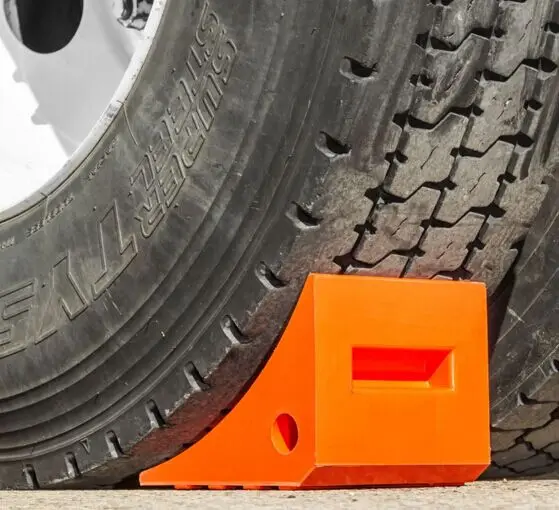 Winter tires have below average noise levels, minimal aquaplaning, deep drainage channel for water outflow.
Winter tires have below average noise levels, minimal aquaplaning, deep drainage channel for water outflow.
Tires for tractors have an extended service life compared to other analogues from competitors. Comfort in the cabin, safety during movement, noise and vibration levels depend on how well and professionally selected tires for a vehicle are.
When choosing and buying car tires, be careful, check the availability of quality certificates for products, the presence of manufacturer's barcodes, markings.
Specialists of a number of service centers and workshops do not recommend the use of universal-type car tires, since they are significantly inferior to seasonal tires in their technical characteristics.
In the production process of tires for automotive and construction equipment, the most modern and advanced technologies are used to improve technical characteristics and increase service life.
The main criteria for assessing the quality of a tire:

Winter tires have a rigid support with side lamellae, which increases handling, holding the car when cornering. Drainage is designed for high-quality and fast outflow of water. The less moisture remains at the point of contact, the more confident the chassis holds the track.
Many car owners report a reduction in fuel consumption at the level. The winter class of tires is adapted to critical temperature conditions, including those with a “-” mark. Regardless of the degree of asphalt, the tread confidently holds the road.
Tire characteristics:
Among the many brands, the manufacturer of car tires should be highlighted:
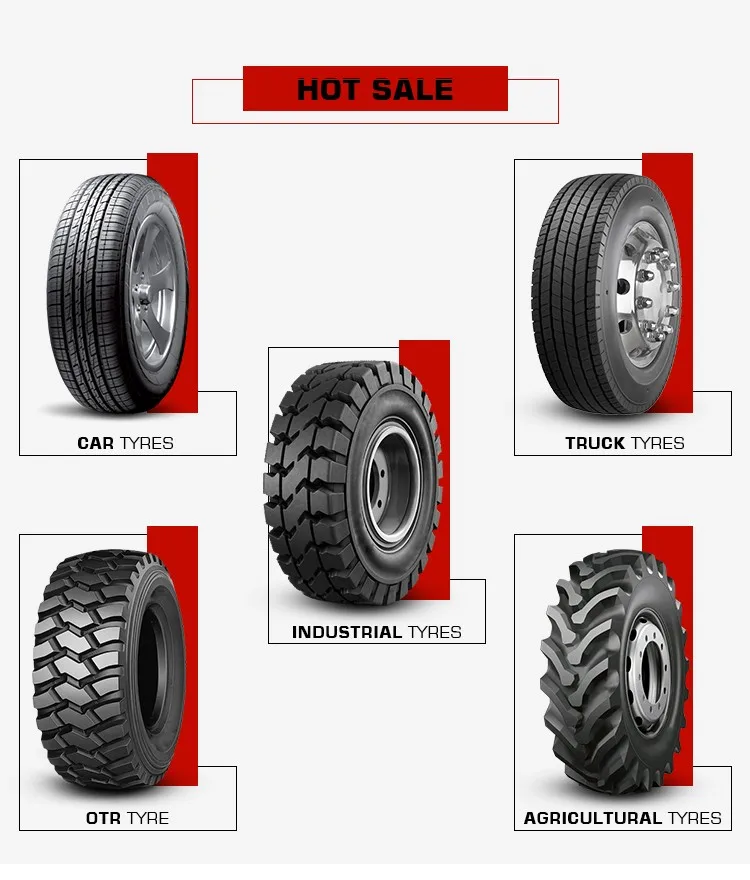
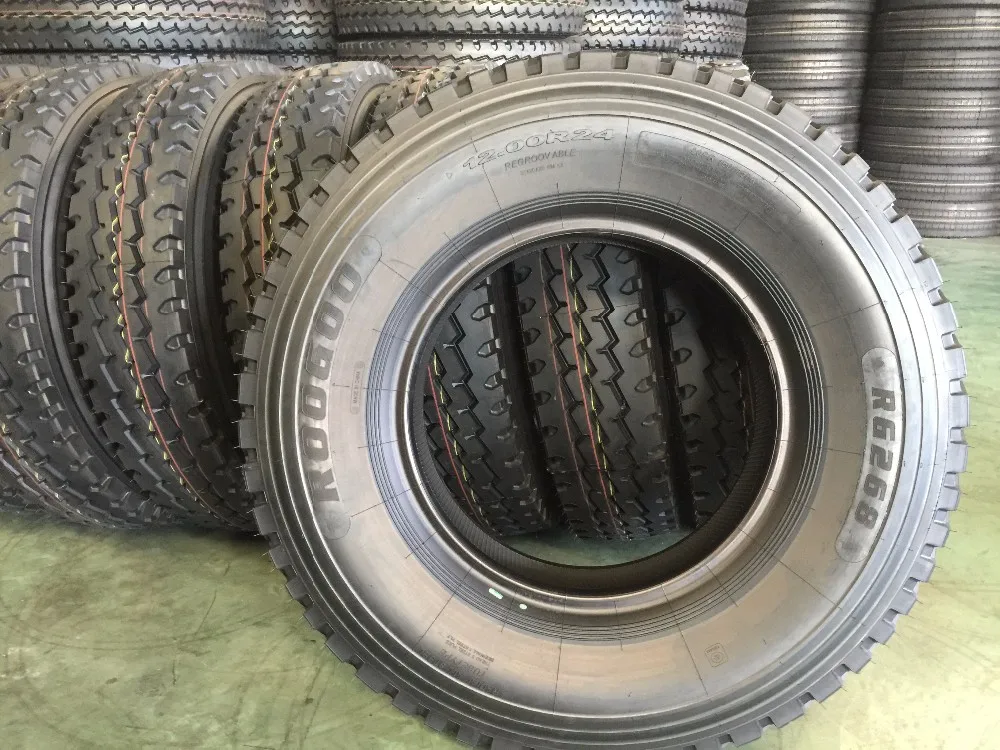 Excessive tilt, as well as camber, contribute to uneven wear of the central part of the tread, an increase in fuel consumption;
Excessive tilt, as well as camber, contribute to uneven wear of the central part of the tread, an increase in fuel consumption; Vasilyevich, 45 years old, owner of Iveco: I am satisfied with Bontyre tires (17 5, 22 5, 315), no comments.
A balanced ratio of price and quality, a guarantee from the manufacturer, my advice to motorists. The store manager did not recommend buying all-season tires, as they are inferior in performance to seasonal ones.
Sergey Petrovich, 41 years old, owner of a minivan. Tires Bridgestone bought last season, satisfied with the choice, no complaints. The tire has many advantages, among other things: price, quality, technical characteristics.
Semen, 29 years old, owner of DAF: when buying a car, the previous owner shod in Doublestar (315 70 22 5). I didn’t buy another brand, since the manufacturer suits me perfectly, the car tire is what I need.
Vladislav, 31 years old, owner Man: noticed fuel savings of 4-5% after wearing shoes in Fulda. There was no such thing on Nokian, my advice to motorists. To feel real comfort, silence in the cabin, no vibrations - buy Fulda tires.
Vitaliy, 29 years old, owner of Iveco: I bought a used car two years ago, did a technical inspection - the condition is normal.
The tread on the front tires was fairly worn. I didn’t buy “native” truck tires, as it’s expensive, and it’s not advisable to buy expensive tires for used cars. On the advice of the manager, he turned his attention to tires for Michelin trucks.
Trucks must be powerful and have good characteristics. Tires play an important role in this. Our company provides a wide range of tires for trucks. The transported load gives a very large load on the tires, which requires them to be durable and reliable.
Truck tires are characterized by the presence of excellent strength characteristics, which allows them to withstand heavy loads as efficiently as possible. For the operation of trucks in winter, special rubber is used. This provides improved traction and increased grip on snow and icy roads.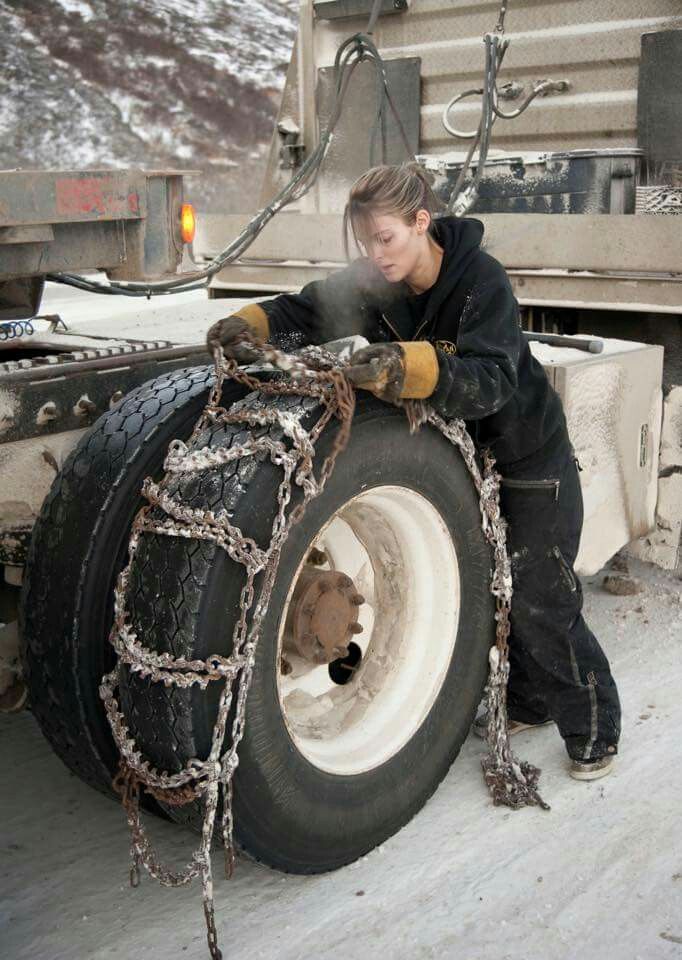
Summer truck tires are characterized by a very smooth surface, which ensures maximum comfort on long-distance trails. Tires are characterized by a special tread pattern, which provides them with a high level of grip on the road surface.
Chinese truck tires are characterized by the transition of the pattern to the side. Due to this, the level of strength and wear resistance of rubber is significantly increased. Silica is used in the production of rubber, which significantly extends the life of the rubber.
Truck tires have an increased level of durability that allows them to easily withstand heavy loads.
The drainage of water from under the wheels when driving on wet roads is made possible by the presence of drainage grooves. Convenience while driving on bad and dirt roads is ensured by the presence of a fairly aggressive tread pattern on some tire models. You can choose off-road truck tires in the next section of our catalog.
Thanks to high-quality truck tires, which are presented in our online store, excellent movement of trucks in various conditions is ensured, as well as a high level of safety. Today you can buy truck tires in the automotive market. But there is no guarantee of their quality.
Today you can buy truck tires in the automotive market. But there is no guarantee of their quality.
Our company is an official dealer of truck rubber manufacturers, which allows us to guarantee their excellent quality. Our company has a wide range of truck tires, which allows you to choose the best option for a particular type of transport.
Sale of truck tires is carried out by our company on mutually beneficial terms. The client can carry out the order of rubber in any quantities. Our company has a wide range of tires, which allows you to order it at any time.
We cooperate directly with the manufacturers of these products, which makes it possible to purchase them on the most favorable terms. In our company you can buy truck tires in bulk. We are interested in long-term cooperation, so we offer discounts for regular and large customers. In our work, we take into account your wishes and requirements.
To purchase rubber, the client needs to contact our consultants. Our company employs highly qualified specialists who are ready to provide detailed advice, as well as help you choose the right rubber. The cost of truck tires will pleasantly surprise anyone.
Our company employs highly qualified specialists who are ready to provide detailed advice, as well as help you choose the right rubber. The cost of truck tires will pleasantly surprise anyone.
Geography of delivery of truck tires from Promtair
We ship tires for trucks and trailers to Abakan, Adler, Arkhangelsk, Astrakhan, Barnaul, Belgorod, Blagoveshchensk, Bratsk, Bugulma, Veliky Novgorod, Miass, Murmansk, Naberezhnye Chelny, Nizhnevartovsk, Nizhny Novgorod, Nizhny Tagil, Novokuznetsk, Novomoskovsk, Novorossiysk, Novosibirsk, Omsk, Orel, Orenburg, Orsk, Penza, Perm, Petrozavodsk, Pskov, Rostov-on-Don, Ryazan, Samara, Saransk, Saratov, Smolensk, Solnechnogorsk, Sochi, Stavropol, Surgut, Syzran, Syktyvkar, Vladivostok, Vladimir, Volgograd, Volgodonsk, Volzhsky, Zabaikalsk, Ivanovo, Izhevsk, Irkutsk, Yoshkar-Ola, Kazan, Kaluga, Kemerovo, Kirov, Krasnodar, Krasnoyarsk, Kurgan, Kursk, Lipetsk, Magnitogorsk, Tambov, Tver, Tolyatti, Tomsk, Tula, Tyumen, Ulan-Ude, Ulyanovsk, Ufa, Ukhta, Khabarovsk, Cheboksary, Chelyabinsk, Cherepovets, Chita, Yaroslavl and other cities of the Russian Federation.
